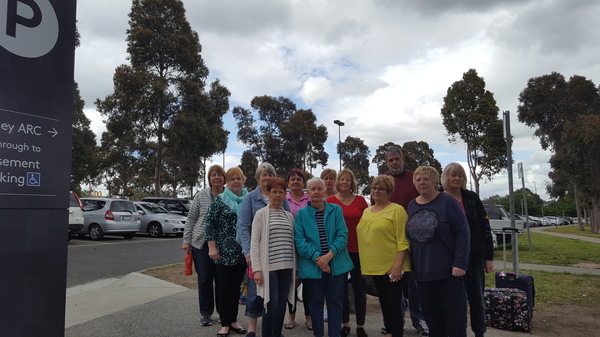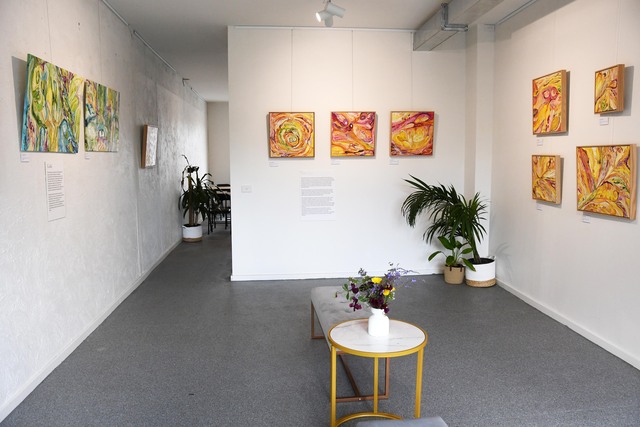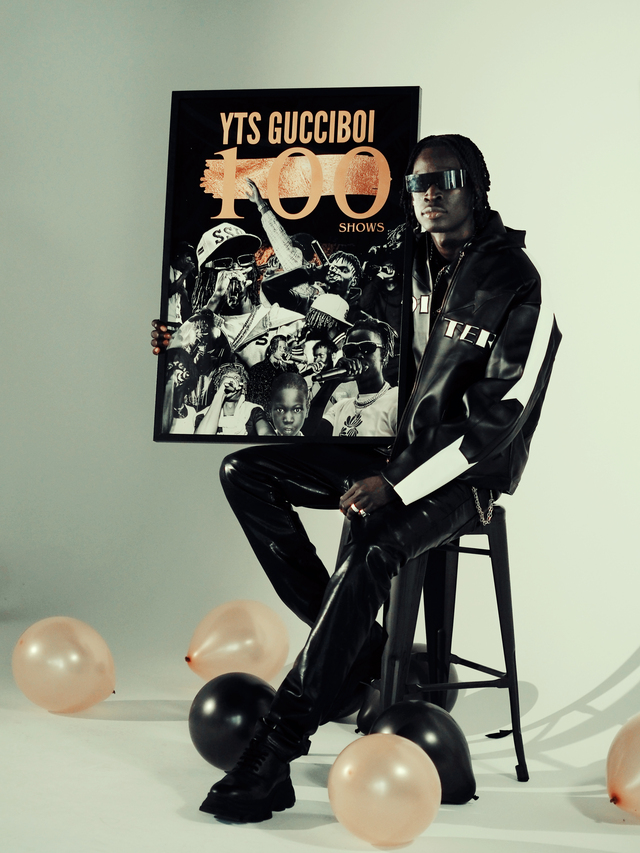By Cam Lucadou-Wells
Casey Council is installing parking sensor technology as it tries to overcome car parking complaints at its flagship arts-civic precinct Bunjil Place.
Since the precinct’s opening on 29 October, Dianne – a member of Aqua Motions swim club at the adjoining Casey ARC – told Star News that extra council staff at Bunjil Place had moved into the old car parks.
More than 350 spaces in the eastern car park are taken by permit and all day parking spaces – most of which were filled by council staff well before 9am, she said.
“There’s no room for us.”
Other members – some in their seventies – say they are parking up to 200 metres away at neighbouring businesses in Fountain Gate.
Some cancelled their swims out of frustration.
Casey Council has moved an extra 431 staff to Bunjil Place – on top of the staff that had been based at the former civic centre next door.
It built 470 extra parking spaces – including 160 extra parking spaces at Casey ARC and 85 in Bunjil’s basement.
It also retained a 225-space gravel car park at Max Pawsey Reserve, which was built for construction contractors at Bunjil.
Casey chief executive Mike Tyler said it was too early to assess the impact on Bunjil and Casey ARC’s patronage.
He noted not all of the 431 extra council staff worked at the same time.
“Car parking at any new facility will take some time to settle as customers/community members become familiar with the availability of spaces and understand patterns of use.
“For example there is public car parking in the basement at Bunjil Place that the community is not yet familiar with.”
After feedback from ARC’s managers, Casey will rezone 22 two-hour car spaces next to the former civic centre to a three-hour limit, he said.
Mr Tyler said the Smart Parking sensor technology – which would provide real-time information on traffic signs and phone apps – was part of the Bunjil Place project.
The sensors will help manage parking demand, ensure fair access to short-stay parking with the ability to add future car parks into the system, he said.
Installation of the sensors in 904 parking-bays began on 6 November.
But swimmer Dianne was sceptical on whether the technology would help the crush – especially ahead of Christmas.
“It’s just there to make them feel better.
“The whole thing is there’s not enough parking and that’s all there is to it.
“You can drive around as much as you like but there’s no spaces. That’s the whole problem.”
Other swim club members suggested the council should “shuttle” in their staff from a remote car parking site, or build a multi-level car park on the former council offices.
“Make the people (using the facilities) the priority.”
Mr Tyler said 100 extra parking spaces had been planned at the soon-to-be-demolished civic offices.
However, no decision had been made on the future use of the former civic offices and library, he said.
Traffic signs displaying available parking will be installed on Patrick Northeast Drive and at the entrance of the Bunjil Place basement car park.
The old civic centre’s car park would also be equipped with sensors after the civic centre was demolished, the council announced.
Casey mayor Sam Aziz said the parking initiative was an “exciting step forward for the City of Casey”.
“As part of Casey’s journey towards becoming a smart city, we’re installing this new sensor technology to help make finding a car park quicker and easier,” Cr Aziz said.
“This technology will assist our residents and visitors coming to Bunjil Place by alleviating the need to drive around in circles looking for a parking space.”
Lloyd Klaman, the YMCA-appointed centre manager of Casey ARC, said he was in “communication” with Casey Council about the parking issues.
“(We) are monitoring to ensure everyone has somewhere to park.
“We support the initiative that the council has just released.”
The sensors’ installation is expected to be finished this month.









